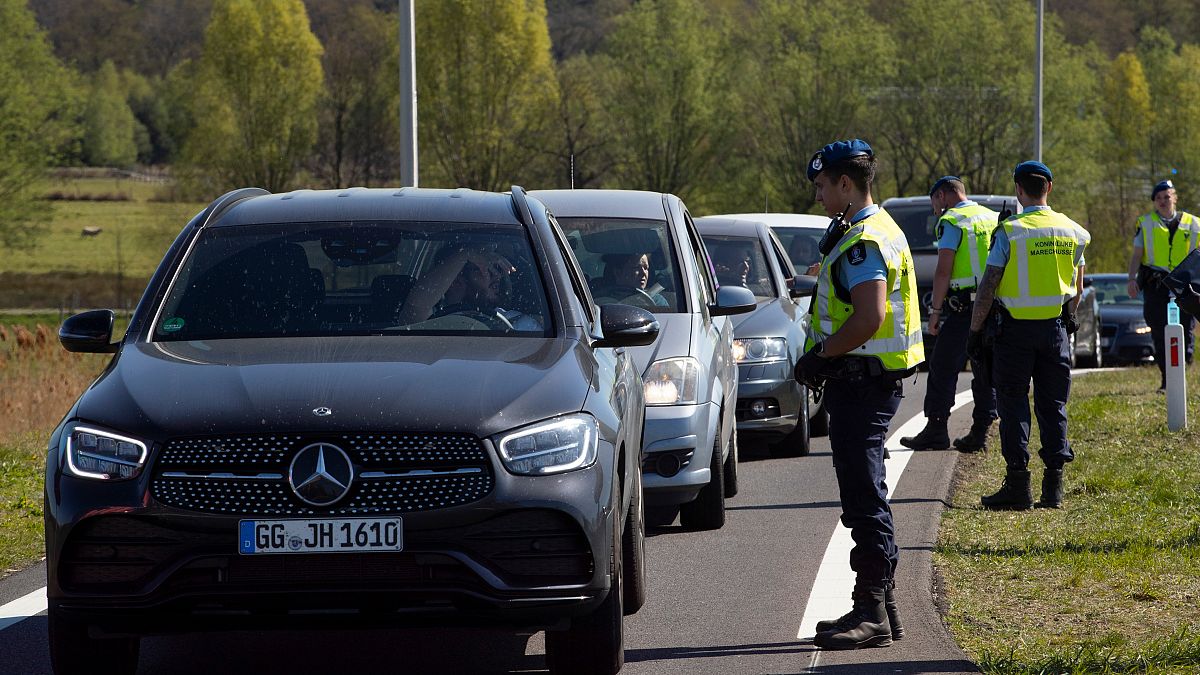The European Union allows member states to temporarily reintroduce controls at the bloc’s internal borders in case of a serious threat, such as one to internal security. The Dutch government recently announced plans to introduce additional land border checks to tackle irregular migration, following Germany’s similar move in September. This decision reflects the country’s hard-right government’s efforts to tighten immigration controls amid rising anti-foreigner sentiment across Europe. Dutch Migration Minister Marjolein Faber stated that it is time to address irregular migration and migrant smuggling by reintroducing border controls in the Netherlands starting from December 9, complying with EU laws requiring member states to notify Brussels four weeks before restricting freedom of movement.
Earlier this year, Faber informed Brussels that the Netherlands wanted to opt out of EU refugee obligations, showing a growing inclination towards stricter immigration policies. Geert Wilders, known for his anti-immigration stance, praised his PVV party’s success on social media, emphasizing the need to close Dutch borders. However, Faber did not specify the exact methods for carrying out the border controls, indicating that these restrictions must be conducted within the existing capacity of the national policy force response for border checks. The Netherlands has numerous land border crossings with neighbouring Germany and Belgium, making the implementation of these controls a logistical challenge. Faber stressed that the checks should be carried out with minimal disruption to traffic.
Germany also began conducting similar checks on its borders with neighboring countries, including France, following several high-profile extremist attacks. Both Germany and the Netherlands are part of the Schengen area, a border-free travel zone comprising most EU member states as well as Iceland, Liechtenstein, Norway, and Switzerland. While the EU allows member states to reintroduce border controls in exceptional situations for internal security reasons, it emphasizes that these measures should be implemented as a last resort and be time-limited. The recent decisions by the Dutch government and Germany to tighten border controls highlight the challenges faced by European countries in managing migration flows and addressing threats to internal security.
The reintroduction of border controls by the Dutch government and Germany reflects broader trends of tightening immigration policies and addressing security concerns across Europe. The rise of anti-foreigner sentiment has contributed to the decision to implement stricter controls, particularly in the context of irregular migration and migrant smuggling. The actions of the Dutch government, led by the hard-right party represented by Minister Marjolein Faber, demonstrate a shift towards more restrictive immigration measures. The government’s decision to reintroduce border controls aligns with the growing concerns about security and the need to address migration-related challenges within the EU.
As part of the Schengen area, both the Netherlands and Germany are bound by EU regulations that allow for the temporary reintroduction of controls at internal borders in exceptional circumstances. While these measures are intended to address serious threats to internal security, they must be implemented judiciously and in a time-limited manner. The recent announcements by the Dutch government and Germany to reintroduce border controls indicate a response to perceived security risks and the need to manage migration flows effectively. By focusing on tightening immigration controls, these countries aim to address public concerns about security and maintain order within their borders amidst evolving security challenges across Europe.
The decision to reintroduce border controls in the Netherlands and Germany comes at a time of heightened security concerns and increasing anti-foreigner sentiment across Europe. The rise of extremist attacks and the challenges posed by irregular migration have pushed these countries to take proactive measures to strengthen border security and manage migration flows. While the EU regulations allow for flexibility in reintroducing border controls in exceptional situations, the emphasis is on using these measures as a last resort and ensuring they are time-limited. The Dutch government’s decision to reintroduce controls and Germany’s similar actions highlight the complex dynamics of managing migration and security within the EU and the need for coordinated responses to address these challenges effectively.











